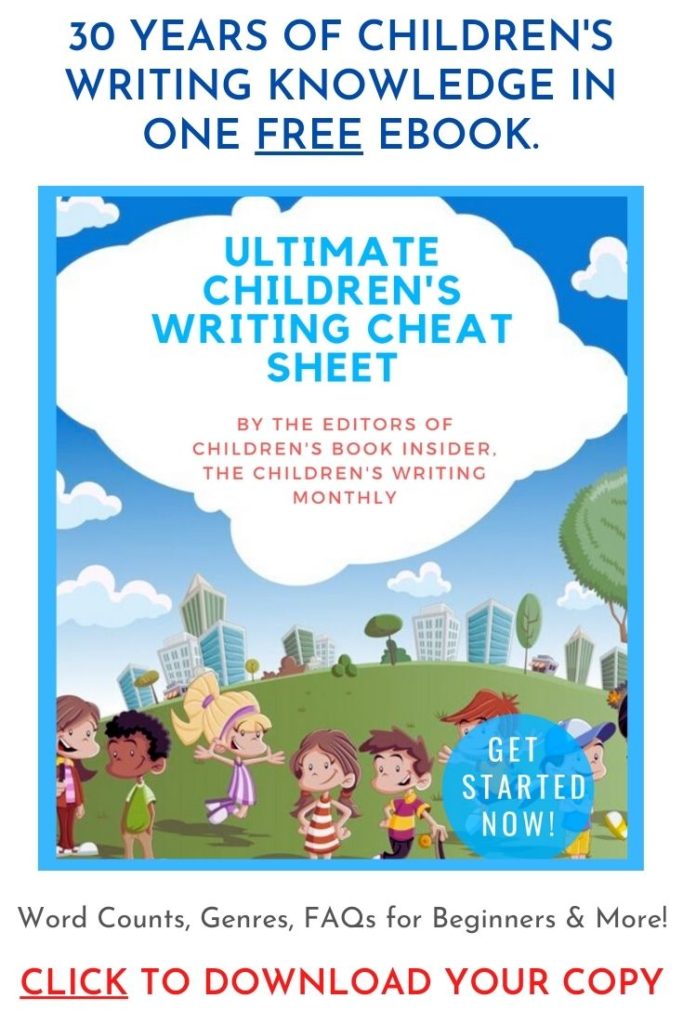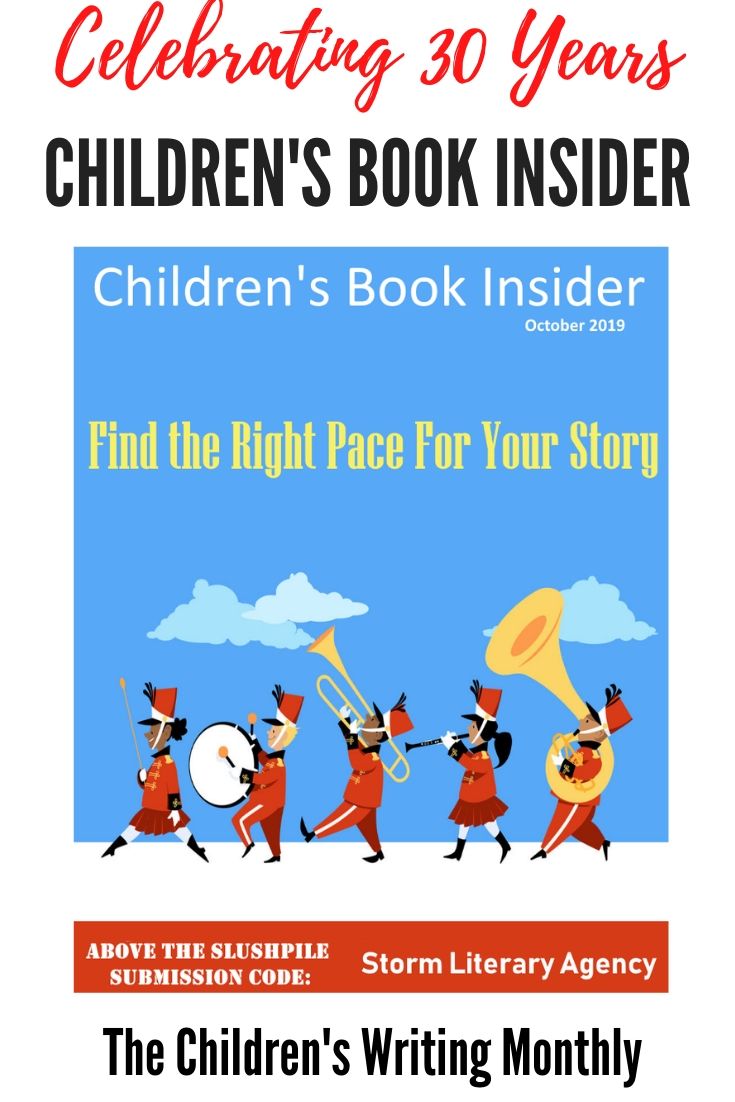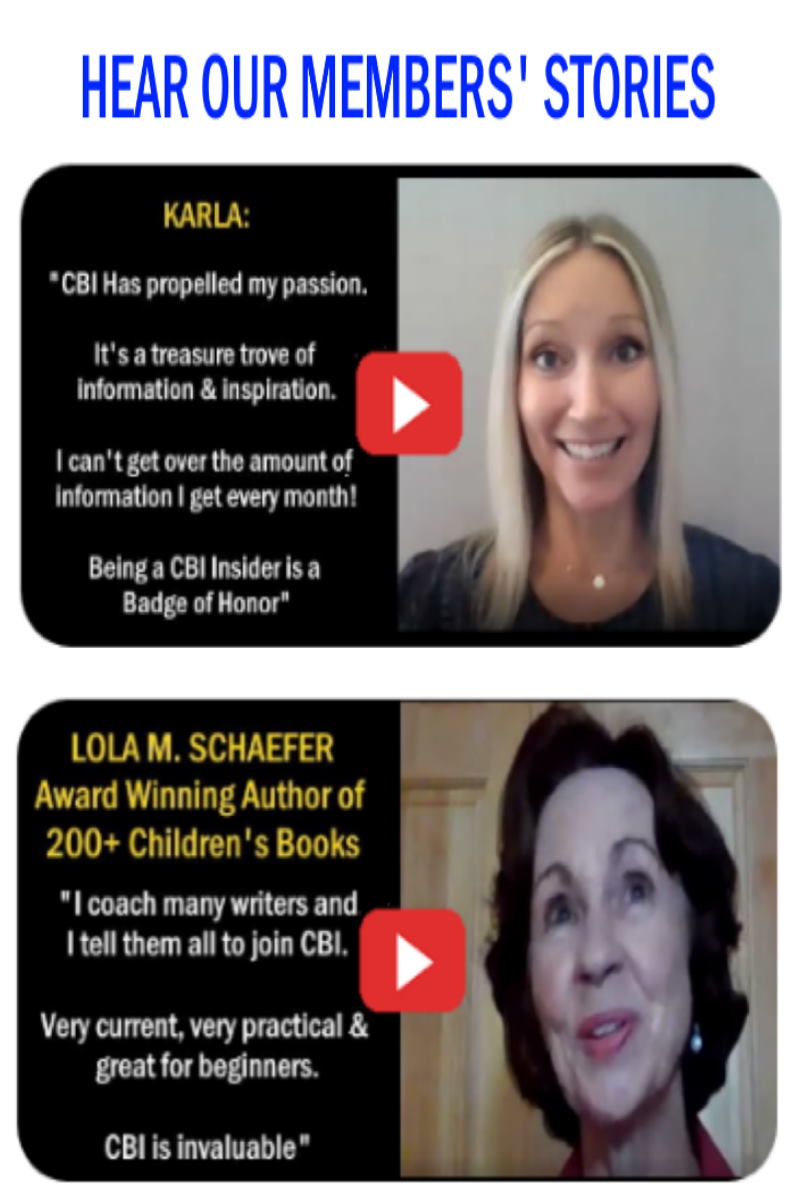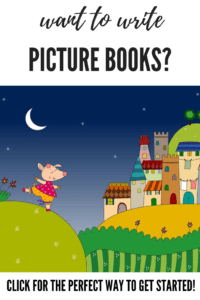
by Natasha Wing, Children’s Book Insider Expert Guide
We all have one of those manuscripts. You work on it and work on it. In fact you work on it to the point where you’ve convinced yourself there’s absolutely nothing more you can do to improve it. You just want to submit it, get it out of your hair, because you’re tired of working on it! So you submit.
Then the editors’ rejections come. “Needs more work.” “I’d be willing to look at it again if you are willing to change this, that and the other.” “Would you rewrite it as an easy read?” NO, you shout in your head. I don’t want to work on it anymore!
Then you reread your manuscript (after all, you’ve had six months to not think about it while you waited for an editor to respond) and a pit forms in your stomach. Your manuscript wasn’t as good as you thought it was when you sent it out. As a matter of fact, it’s boring! And poorly written. And laden with details that slow it down. And horror of horrors – your nonfiction sounds, gulp, textbooky. You conclude that the editors are right. It needs to be rewritten.
Ugh! Just the thought of rewriting feels like someone strapped a wrecking ball to your back. How will you rev up the motivation that once fueled your initial love for the story? It’s overwhelming to think you have to tackle that subject yet again. So you give up and let the manuscript sit.
It haunts you. Then your persevering self says: but you’ve done so much research. You’ve spent a year on it already. Do you want to waste that time? Then another voice reminds you that you still love the topic, the historical figure, the message. Now what?
Time to tackle rewriting.
One way to get re-excited is to unlock a fresh way to retell your story. But how? If you can’t turn inward to figure it out, turn outward. Here’s a suggestion.
Say you’ve written a biography. Go to the library and check out an armful of biographies aimed at the age group you wrote yours for. Pull out books that have the text length you think yours is. Pull out books by authors who are known for writing well in that genre. Pull out award winning books. Sibert winners. And books that are current. Then read them.
Pay attention to book length. Are you writing a 32-page picture book or does your topic need end notes and would work better as a 40 page book? Are you writing a simple thread about a person or a larger slice of his life? Me, Jane by Patrick McDonnell (2011) is a very simple book for ages 1 up about Jane Goodall. The thread is her love for her stuffed animal chimpanzee leads to her waking up from a dream and working with real chimps when she’s older. It was a 2012 Caldecott Honor book. Compared to Electric Ben: The Life and Times of Benjamin Franklin by Robert Byrd (2012) for ages 5-8 that covers, well, the life and times of Franklin. Quite a larger scope. This book was a Robert F. Sibert Honor book.
From your pile, pick out three books that are the tone and length that you envision your book and then start typing! Their book, that is. Type out their story and be sure to number the pages so you can coordinate the text with the page of the book. This way you can easily glance at the printed manuscript and see how long the text is on each page. By typing out someone else’s book, you get a sense of pacing, word usage, sentence length and patterns.
Now read through it again. How did they open their story? In The Boy Who Loved Math: The Improbable Life of Paul Erdos by Deborah Helligman (2013) she opened with:
There once was a boy who loved math. He grew up to be 1 of the greatest mathematicians who ever lived. And it all started with a problem…
What Deborah did was set up who the person was and a theme – her character loved math and solving problems. I took a yellow marker and marked every place she made this point in her manuscript. This showed me a pattern of structure and storytelling. Does your manuscript have a theme that you tap on throughout your manuscript? Or do you state your theme and then forget to remind readers of it? Or, do you have many themes that make your story confusing or hard to follow? Consider making one theme your main throughline. Study how published authors have built in details about the person to support their theme.
What about pacing? And humor? Does your manuscript drag or read too much like a list of facts? Or are you weaving in facts to tell a deeper story about the person?
Are there places in your story where you can weave in an odd fact or quote to add humor and humanize your subject? Rather than stating, “Ben loved books”, a more interesting way to say the same thing is, “Ben’s mother often caught him hiding behind the couch way past his bedtime reading his Superman comic books.”
Are there facts that don’t really add to the story, but you put them in anyway because you thought they were interesting? Move them to the end notes!
Also, small things like how does an author use punctuation to create suspense or to drop in facts. For instance, Barbara Kerley is a master at using the dash. Here’s an example from her book, Those Rebels, John & Tom (2012).
He loved swimming, hunting, wrestling – and the occasional boxing match, just for kicks.
She could have just said, “and boxing.” But instead she pulled boxing out and added humor with her “just for kicks” comment. The dash gives a moment of pause to the reader and signifies something interesting is ahead that is worth pulling out from the sentence.
Before rewriting your own manuscript, take the time to study others and see if there are new ways you can view your story and clean out the stagnant sentences.
If you put a lot of time into developing your story, and you still love the subject, then don’t let it stall out of frustration and feeling overwhelmed. Take inspiration from published authors and find a way to get excited. Then rewrite!
Natasha Wing is the New York Times Bestselling creator of The Night Before series. She has been delighting children around the globe with her work for more than 20 years. To learn more, visit http://natashawing.wordpress.com






Hi Natasha,
The first five paragraphs of your article sound just like things I've said to myself! We writers need to stick together and spur each other along. Thanks for the push!
Lori